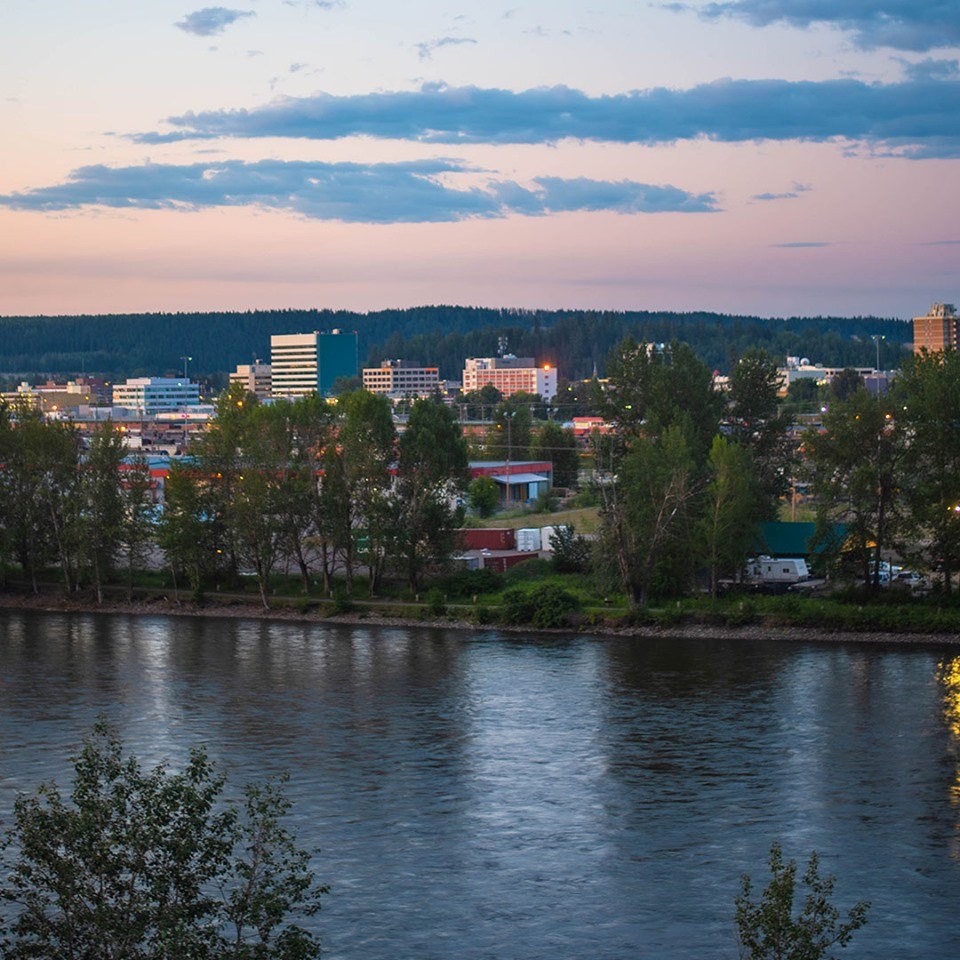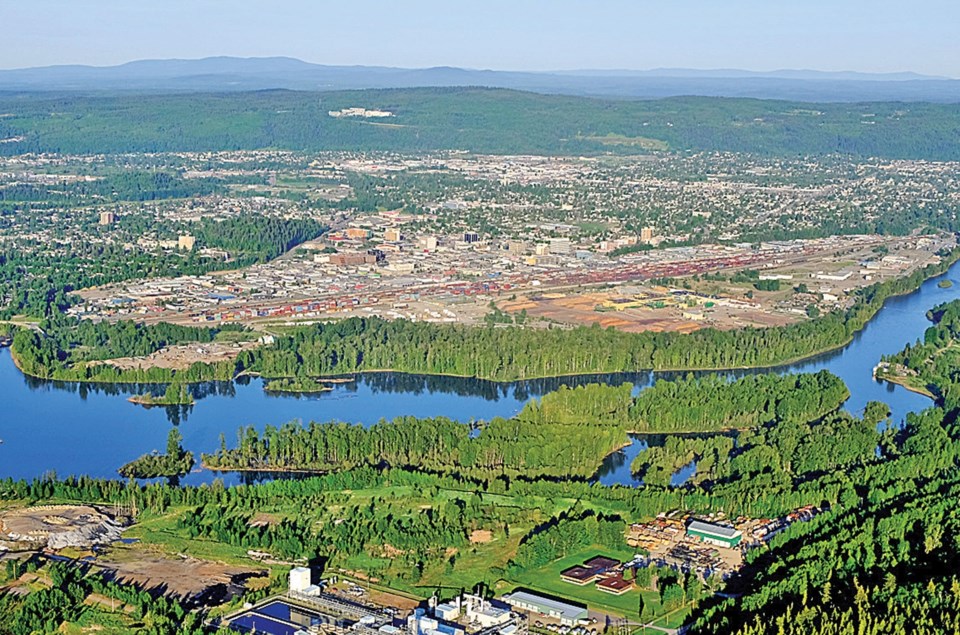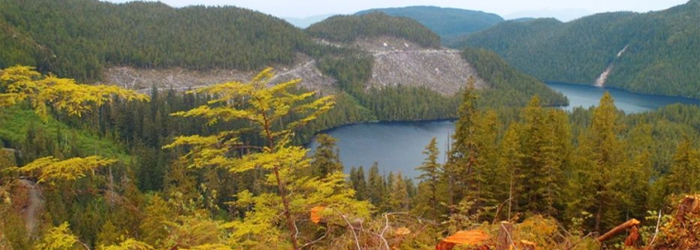Indigenous peoples in the northwest used the rich natural resources of the ocean, rivers and forests. Their material culture reached a high level even before the arrival of Europeans. Both Indians and Europeans were drawn to the abundance of natural resources that led them to settle in British Columbia. At first, fur traders began to flock here, followed by prospectors, fishermen, farmers and lumberjacks. And now the province’s economy is heavily dependent on the use of natural resources, which seemed inexhaustible.

Forestry still ranks first among the types of industry based on the use of natural resources. Mining is developing in the mountains, satisfying the needs of the market in metals – from antimony to zinc. The rains brought from the Pacific Ocean flow down from the mountains into lakes and rivers. Many rivers generate hydroelectric power that is exported to the United States. Fishing in the province is based on the extraction of five types of salmon. The damming of rivers to generate electricity has become a barrier to salmon migration to spawning grounds upstream. As a result, the number of salmon has greatly decreased. Restrictions were placed on salmon fishing.

FOREST RESOURCES
But the cause of most conflicts was still forest resources. About 60 percent of the province is covered with forests. The rainforests on the coast deserve the most attention, with red cedar, western hemlock and Douglas fir. It has a rather humid climate, which prevents the spread of forest fires, and the trees reach a huge height – 90 meters. Undergrowth and slowly rotting fallen trees serve as a kind of filter for water that enters streams and lakes. The fragrant and light cedar tree was a major element in the culture of the indigenous peoples of the northwest. Its trunk was used to build canoes and totem poles, as well as to build houses and carve wood masks. Lumberjacks found a use for all types of trees: the straight trunk of the Douglas fir was an ideal material for construction, and the soft wood of hemlock, once considered unsuitable, began to be used as wood pulp for making paper. Deforestation began during the formation of the first colonies along the coast and along rivers where trees were available. The construction of railways opened up access to previously inaccessible forest resources.
Cutting down trees can lead to soil erosion, landslides, and silt clogging streams, making them unsuitable habitat for salmon. The destruction of ecosystems can be especially bad for large animals such as grizzlies and mountain lions, which require large spaces. Logging companies are making great efforts to revive the forest. However, it is impossible to overestimate the ecological and aesthetic role of the forests that used to grow here.

Throughout the 1980s and early 1990s, environmental activists staged protests as British Columbia’s most important natural resource was being destroyed. Government concerns were tempered by the need to support the timber industry, which employs more than a quarter of a million people. They live in a place where there is no alternative when choosing a job. The situation escalated in 1913. In the Clayoquot Sound valleys on the west coast of Vancouver Island, protests have been unfolding for several years against proposed deforestation. They were attended by indigenous peoples and environmental activists. In April 1993, the government of British Columbia announced that it was allowing logging to take place. This statement infuriated activists. People began to flock from all over Canada to support the protest against logging operations by the huge McMillian Bloedel Company. It became one of the largest protests in Canada.
